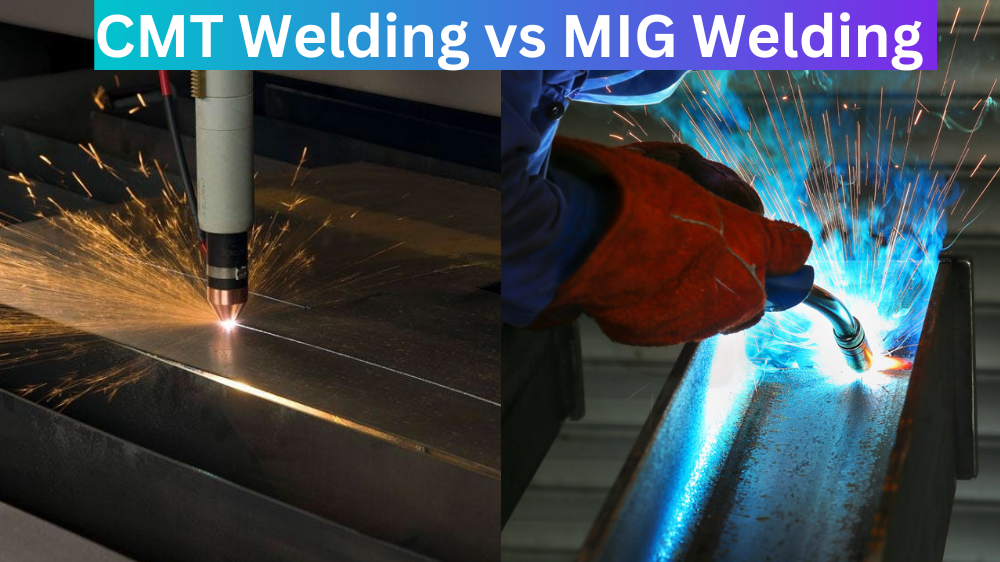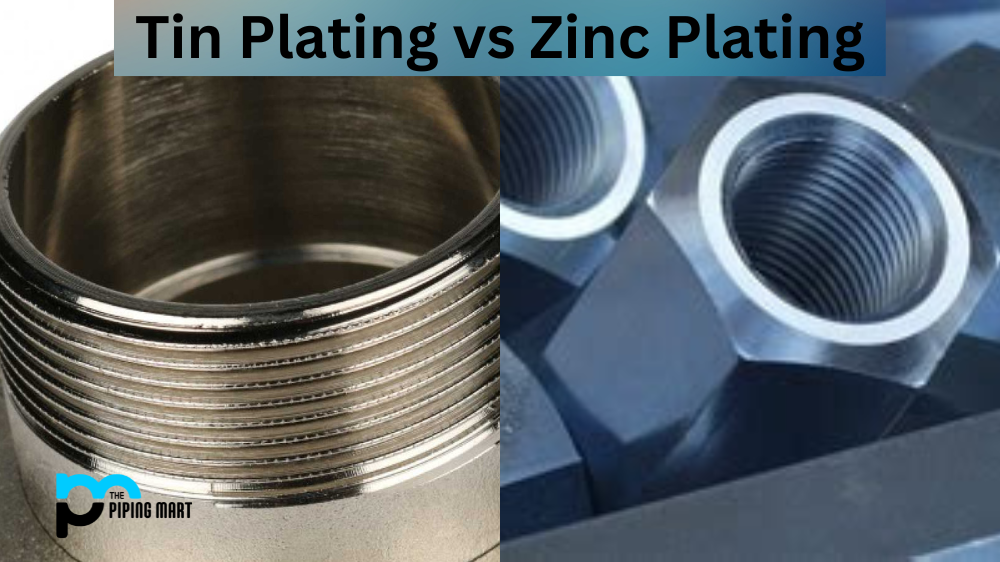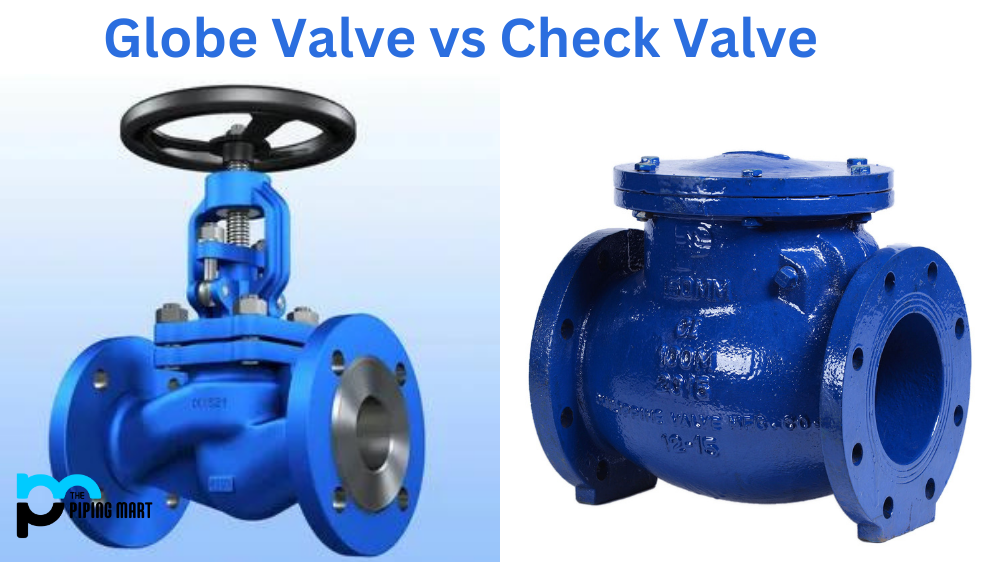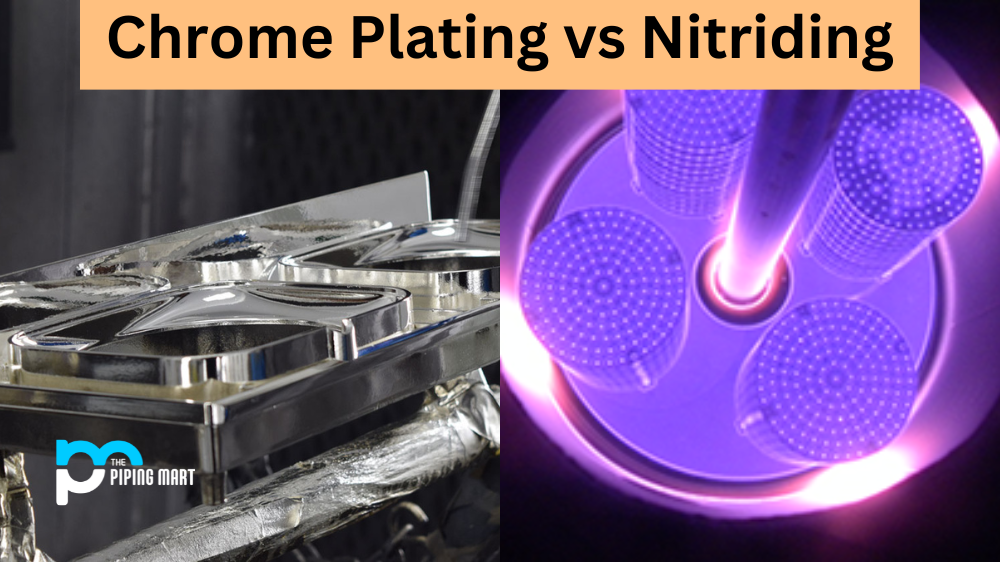Welding has undergone a tremendous transformation, with various techniques and tools emerging to improve efficiency and quality. CMT welding and MIG welding are two popular welding techniques used today. However, the average person might need to learn the differences between these two welding techniques. This blog post will explore CMT and MIG welding and their unique features. Read on to better understand these techniques and make a more informed decision when choosing a welding method.
CMT Welding
Cold Metal Transfer (CMT) welding is a modern technique that uses an advanced welding machine to weld metal. CMT welding is a multi-purpose weld where the energy is supplied off and on by the welder. The welder uses this energy to conduct the welding wire, causing the transfer of molten metal. CMT welding is energy-efficient and lowers the heat transfer to the base material, making it an ideal choice for welding thin metals. This welding process produces less spatter and is easy to control, making it a popular choice for welding in aesthetically critical applications.
MIG Welding
MIG welding is a widely used welding technique that uses a spool of wire and a welding gun to create an electric arc. The electric arc melts the wire and base metal, cooling and solidifying to create a bond. MIG welding is an excellent technique for welding thicker metal. It is easy to use, making it an ideal choice for beginners. MIG welding can produce a variety of welds and attachments, ranging from simple tack welds to intricate metal sculptures, making it a versatile technique for a wide range of applications.
Differences between CMT Welding and MIG Welding
The primary differences between CMT and MIG welding are the control of the arc and the energy shared with metal. CMT welding is a slower process with a lower heat input, making it ideal for welding thin metals. In contrast, MIG welding requires more energy and produces higher heat, making it a better choice for welding thicker metals. CMT welding is also a responsive process, as it adjusts to the metal and the voltage in real time, providing a more controlled and precise welding process. MIG welding, on the other hand, requires more skill to control the arc and produce consistent welds.
Applications of CMT Welding and MIG Welding
CMT welding is versatile and can be used in various applications, especially in joining aluminium components. CMT welding produces high-quality and aesthetic results and can be used in bicycle frames, parts, automotive parts, and more. On the other hand, MIG welding is commonly used in various industries, such as construction, fabrication, and automotive manufacturing. It is ideal for welding thick components such as agricultural equipment, chassis, and trailers.
Differences
- CMT welding, or Cold Metal Transfer welding, is a welding process that uses a cold wire to transfer weld metal to the workpiece. This type of welding is typically used for thin metals, such as stainless steel and aluminium.
- CMT welding is a semi-automatic process, meaning the welder must manually feed the wire into the weld pool. This can be done with a push-pull gun or a spool gun.
- CMT welding is considered a cleaner type of welding, as there is less spatter and slag than other types of welding. Additionally, CMT welding produces less fumes and smoke than other processes.
- MIG welding, or Metal Inert Gas welding, uses an electrode made of a solid wire to transfer weld metal to the workpiece. MIG welding is typically used for thicker metals, such as mild steel and cast iron.
- MIG welding is an automatic welding process, which means that the welder does not have to manually feed the wire into the weld pool. Instead, the electrode is fed through a hose from a spool of wire attached to the welder.
- MIG welding produces more fumes and smoke than CMT welding and more spatter and slag. However, MIG welds typically have a higher strength than CMT welds.
- CMT welding is generally easier to learn than MIG welding, as it is not as precise. Additionally, CMT welders do not need to wear as much personal protective equipment as MIG welders due to the lower fumes and smoke produced by the process.
- Overall, CMT welding and MIG welding are effective methods for joining metals. The best type of welding for a particular application will depend on the materials used and the desired results.
Conclusion:
In conclusion, CMT and MIG welding are today’s most commonly used welding techniques. They both have unique features that make them well-suited for specific applications. CMT welding is ideal for aesthetics and thin materials, whereas MIG welding is an excellent choice for thicker materials. Both techniques have their strengths and weaknesses, and ultimately, the type of welding used will be determined by the specific requirements of each project. We hope this blog post has helped you evaluate the differences between CMT welding and MIG welding and make a better-informed decision when choosing a welding technique.

Abhishek is a seasoned blogger and industry expert, sharing his insights and knowledge on various topics. With his research, Abhishek offers valuable insights and tips for professionals and enthusiasts. Follow him for expert advice on the latest trends and developments in the metal industry.




